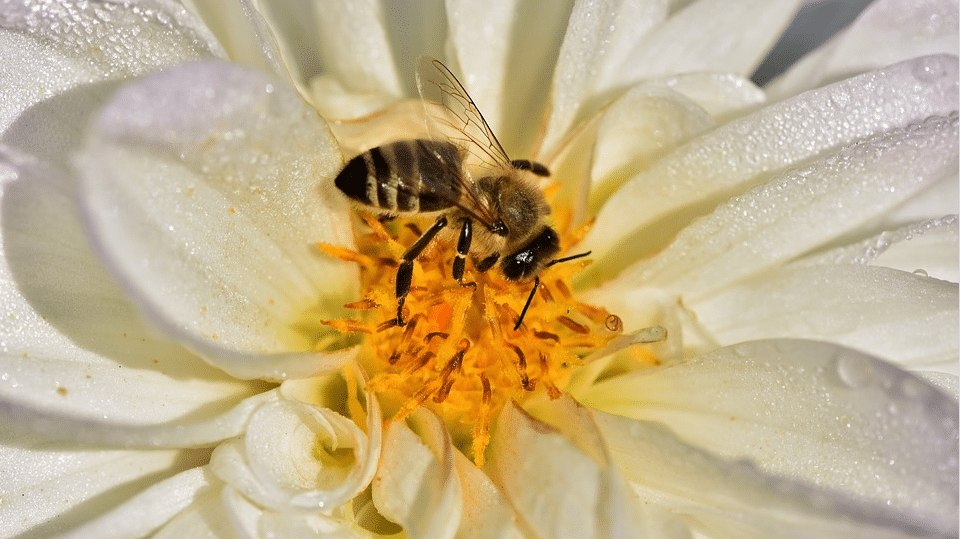Due to the use of chemical plant protection products and the destruction of their wild habitat, bees are now in agony. However, they are essential for the preservation of biodiversity and the survival of the human species. In addition, this little slender creature is also particularly appreciated by gardeners who like to see these pollinating insects foraging among garden flowers and vegetable vegetables, allowing them to grow and proliferate well. We must therefore take good care of this useful insect! To do this, you can sow plants that will attract it. In this regard, honey plants are a very good choice to provide lots of nectar, pollen and/or honeydew to the bees. However, a beautiful palette of varied annual, biennial or perennial, climbing or trailing flowers and plants will be very welcoming to them. Vary the pleasures with the options below.
The list of plants to sow to help bees
Yarrow – Alyssums – Dill – Anise hyssop (or fennel agastache) – Milkweed – Aster
Cornflower – Borage
Calendula (or marigold) – Cherry tree – Honeysuckle – Poppy – Cosmos – Crocus
Dahlia
Echinacea
Bronze Fennel
Geranium
Heliotrope
Hyacinth
Lavender – Ivy (very appreciable in late autumn for bees!)
Menthe ‘Buddleia’ – Monarde – Myosotis
Nepeta
Oregano
Parsley
Snowdrops
Meadowsweet – Buttercup – Rhododendron – Robinia – Rosemary – Hollyhock
Sage – Sage
Thyme – Linden – Sunflower – Clover
Verbena – Verge d’or
Zinnia

Some important points:
As you can see, the number of plants useful for foraging bees is very high (and again, we have surely forgotten some!). However, this list will already allow you to start planting and grow a beautiful variety of plants to attract them. Do not hesitate to install them in a sunny and not very windy area to facilitate the arrival of auxiliary insects. If you are a little lost, you should also know that the bee has trichromatic vision which allows it to distinctly perceive blue, green and purple. These are therefore colors to favor particularly in flower beds and other containers or pots placed on the balcony or terrace. If they are your favorite colors, everyone will be happy!
Also think about preserve wild plants as much as possible, for example in a corner of the garden that you leave free to grow. The bees will be able to find the dandelions and other daisies that they love there. Another point to consider: planting flowers that bloom at different times so that they have food every season. And of course, don’t hesitate to start a vegetable garden. Very beneficial for you from all points of view, this activity will also give the bees access to aromatic herbs (rich in nectars) and very nutritious flowering vegetables (cucumbers, peppers, zucchini or even pumpkin).
Besides plants, here are other valuable helpers for bees

-Choose local organic and beekeeper honey.
-Give up chemical pesticides for the maintenance of the garden, vegetable garden or orchard. Whether to chase away pests, fertilize the garden, weed the garden or fight diseases on your plants, effective natural alternatives exist.
-Offer a hotel for solitary bees, whether within your insect hotel (with a separate compartment) or separately. This will encourage them to stay!
-Having food is good, but remember to add a small water source so they can also drink.
-Make sure to act quickly if you spot an Asian hornet nest (very harmful to bees). A professional will be able to get rid of it without you incurring any danger.


